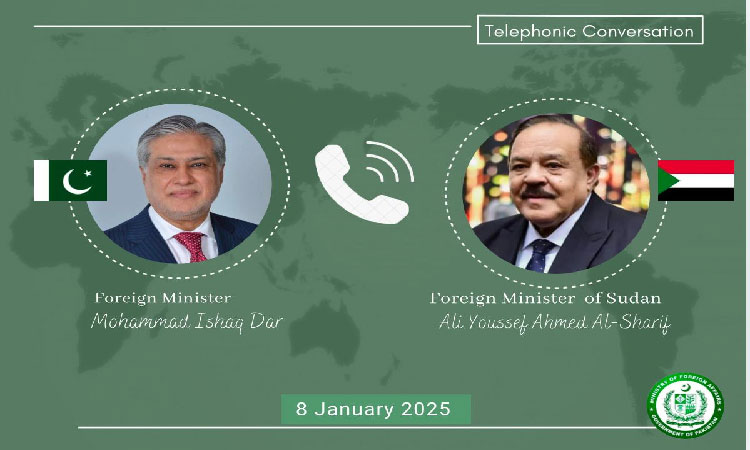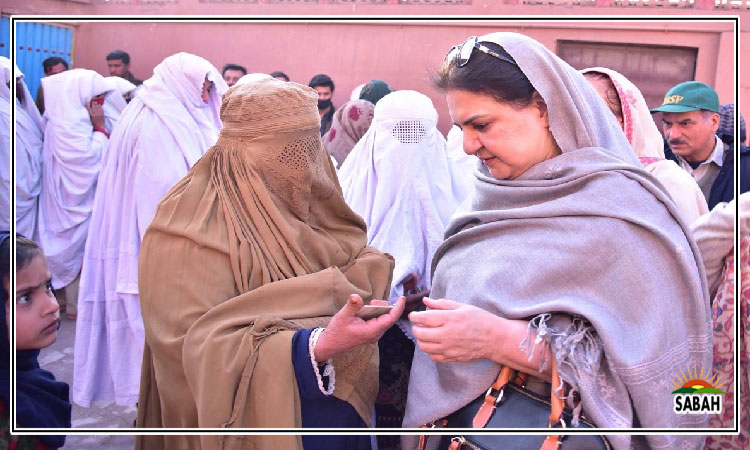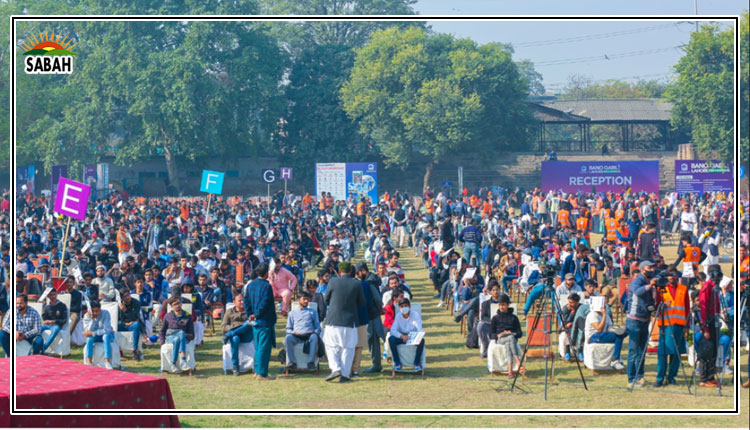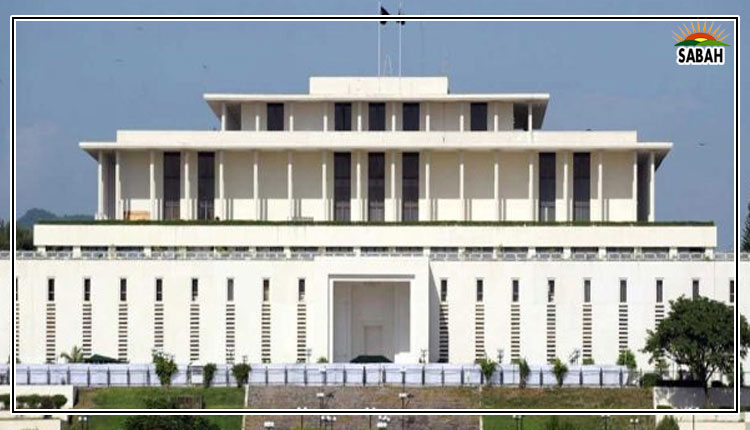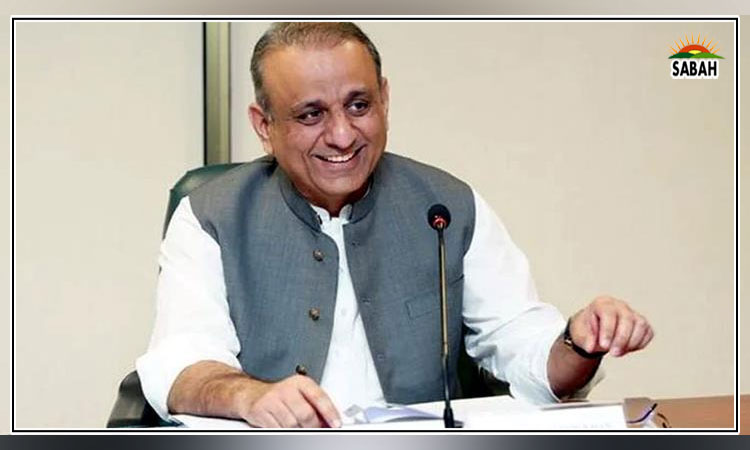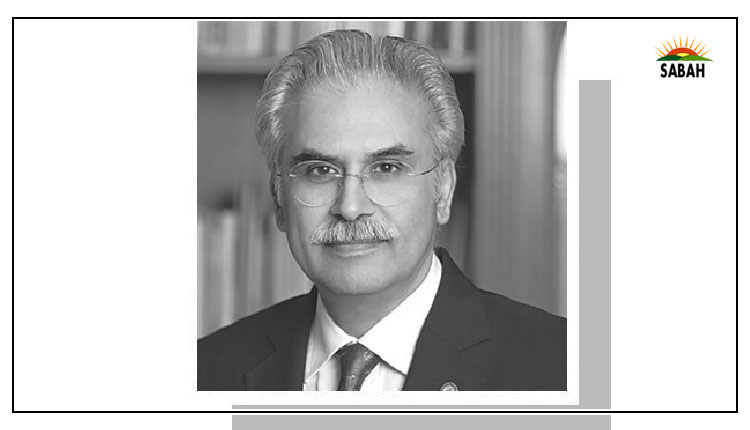Understanding suicide…Zafar Mirza
No one commits suicide because they want to die Because they want to stop the pain.
Tiffanie DeBartolo
WHILE late Asim Jamils tragic suicide is fresh in minds, it is important to talk about the phenomenon by way of demystifying and destigmatising it.
I know three people in my life who took their own lives. One had been visibly in a low mood for some time before he hanged himself. Another, an adolescent, had a fight at home on some sticky matter and in the evening his body was found on a nearby railway track.
The third one was burnt in his house; there is speculation that the arson was deliberate, as he was living alone following a separation. Now that I have sat down to write on the subject, the faces of all three dear ones are coming to my mind, two cheerful, one sad. May Allah bless them all.
Suicide, the deliberate act of killing oneself, indeed can happen as a premeditated act or on an impulse. It can happen due to a stressful life situation or because of mental illness.
Sometimes people kill themselves when they reach a dead end in a crisis situation, e.g. Hitler, and sometimes it runs in the family, for example, the famous writer Earnest Hemingway had seven members over four generations who took their own lives. There are also instances of mass suicides. Suicide, hence, is a diverse phenomenon in terms of its occurrence, reasons and methods.
Mental disorders and suicide are closely related. Systematic reviews inform that up to 70 to 80 per cent of suicide deaths are attributed to a mental or substance use disorder. Relative risk of suicide in people with depressive disorders is highest followed by bipolar disorder and schizophrenia.
Psychological autopsy studies have shown that 40pc of suicides in China, 35pc in India, and 37pc in Sri Lanka are linked with the diagnosis of depression. However, an important study published from Pakistan in 2008 by Murad Moosa Khan et al found even stronger association between mental disorders, especially depression and suicide.
Of the 100 suicides the team studied, 96 were established as having psychiatric disorder through psychological autopsy and 79 out of these had depression as a principal diagnosis.
The most common methods of suicide were hanging, followed by poisoning. Firearms were used in 15pc of these suicides. And only three of these 96 victims were undergoing treatment, one from a psychiatrist and two from family physicians. These numbers speak for themselves and reflect the mental health care situation in the country.
Regardless of the causation, the incidence of suicide is increasing the world over. Globally, around 800,000 people take their own lives every year. Seventy-seven per cent of these suicides take place in low- and middle-income countries.
Globally, among young people between 15 and 29 years, suicide is now the fourth leading cause of death, according to WHO. Of all suicide deaths, 58pc occur between the ages of 15-49.
They are patients, not sinners.
There is a generally accepted rule of thumb that for every suicide there are 10 unsuccessful suicidal attempts and for every such attempt there are 100 people who harbour suicidal thoughts.
According to the estimate of Mental, Neurological and Substance Use Disorders, Burden of Disease study in Pakistan in 2019, there are 9.77 suicides per 100,000 population, which comes to around 20,000 suicides per year in the country. Going by the above, there would be 200,000 attempts and two million people with ideas of suicide.
These are high numbers. In the WHO Eastern Mediterranean Region, among 22 member states, Pakistan has the third highest rate of annual suicides after Djibouti and Somalia.
Lately, there have been reports about high rate of suicides from northern areas, especially in Gilgit-Baltistan and especially among young women. Some researchers have been probing the causes but until now there is no conclusive inference.
More women are educated than men in the main cities and nearby areas in GB, there are limited job opportunities and there are strong local traditions for not allowing young people to exercise their life choices. These and others may be the causes, and it may be simply that suicides are being reported more in the media from these areas because similar causes are not less prevalent in many other areas of Pakistan.
Until this point in the article, I have avoided using the word commit with suicide as commit connotes a crime or a sin. There is a history of how suicide has been considered a crime in different countries. This was the case in Britain until 1961. P
akistan continued with it until Section 325 of the Pakistan Penal Code, a law from 1860 and a colonial legacy, was repealed in May 2022 by the Senate and in October 2022 by the National Assembly. It was a result of a successful national advocacy and lobbying campaign, Mujrim Naheen Mareez launched by Taskeen Health Initiative, a Karachi-based not-for-profit working on increasing mental health awareness, providing free-of-cost mental health support and advocating for mental health policy change in Pakistan. Taskeen is also an active part of Pakistan Mental Health Coalition, an alliance of more than 100 members and organisations working to promote mental health.
Under Section 325, suicide was an offence. A person attempting suicide could be imprisoned for up to one year and could also be fined. The state could take over the assets of those that committed suicide. This would result in non-reporting, stigmatising and lack of treatment. The law has changed now and needs to be fully implemented.
Patients with mental disorders, with previous suicidal attempts and suicidal ideation need special attention. Suicide prevention is critical and complicated and professional help must be sought at the right time.
Suicide is also a taboo. Enlightened religious scholars especially need to play an important role in destigmatising suicide as more than 90pc of people taking their own lives are actually suffering from mental illnesses. They are patients, not sinners.
The writer is a former SAPM on health, professor of health systems at Shifa Tameer-i-Millat University, WHO adviser on UHC, and member of the Pakistan Mental Health Coalition.
Courtesy Dawn






